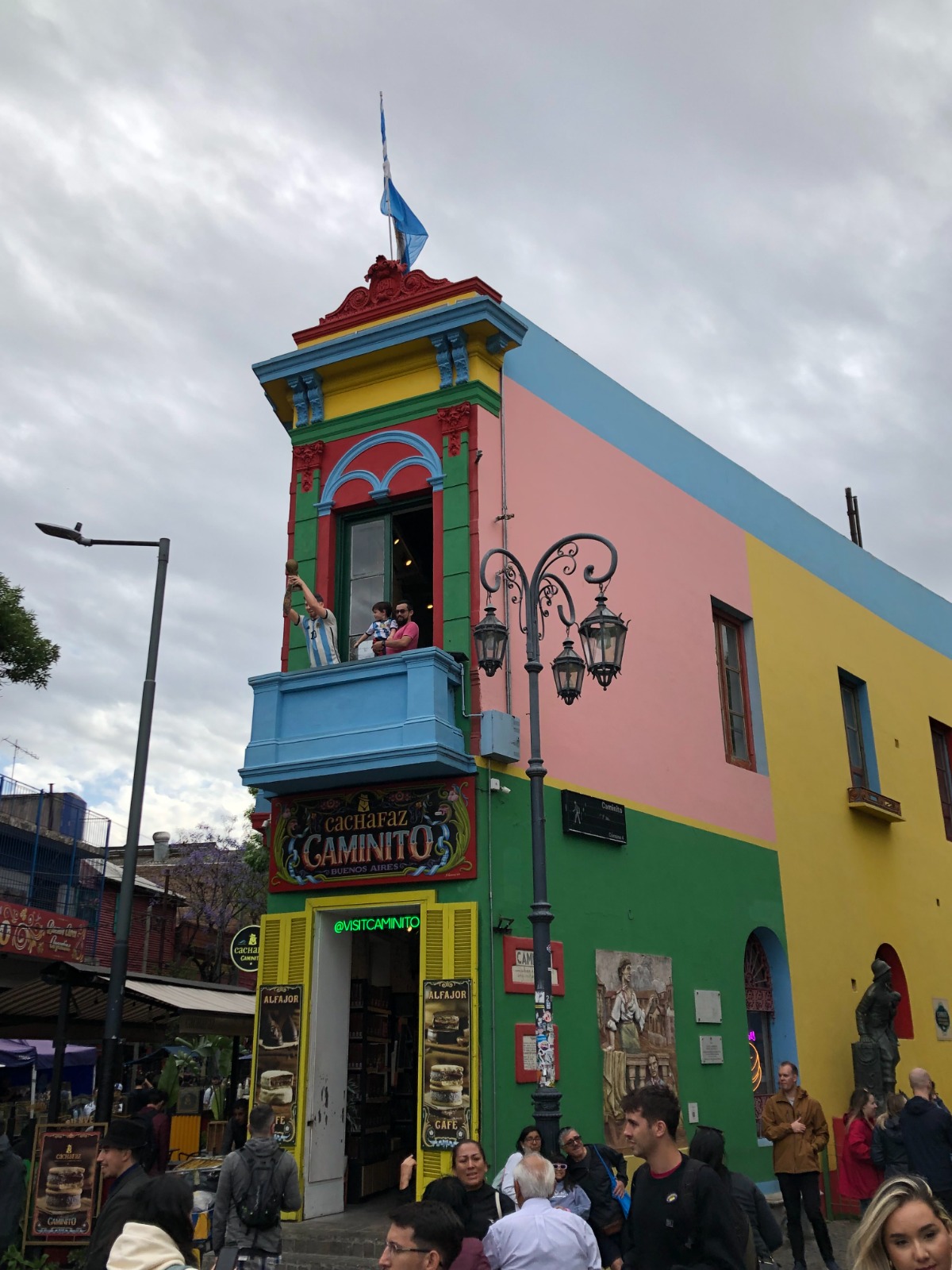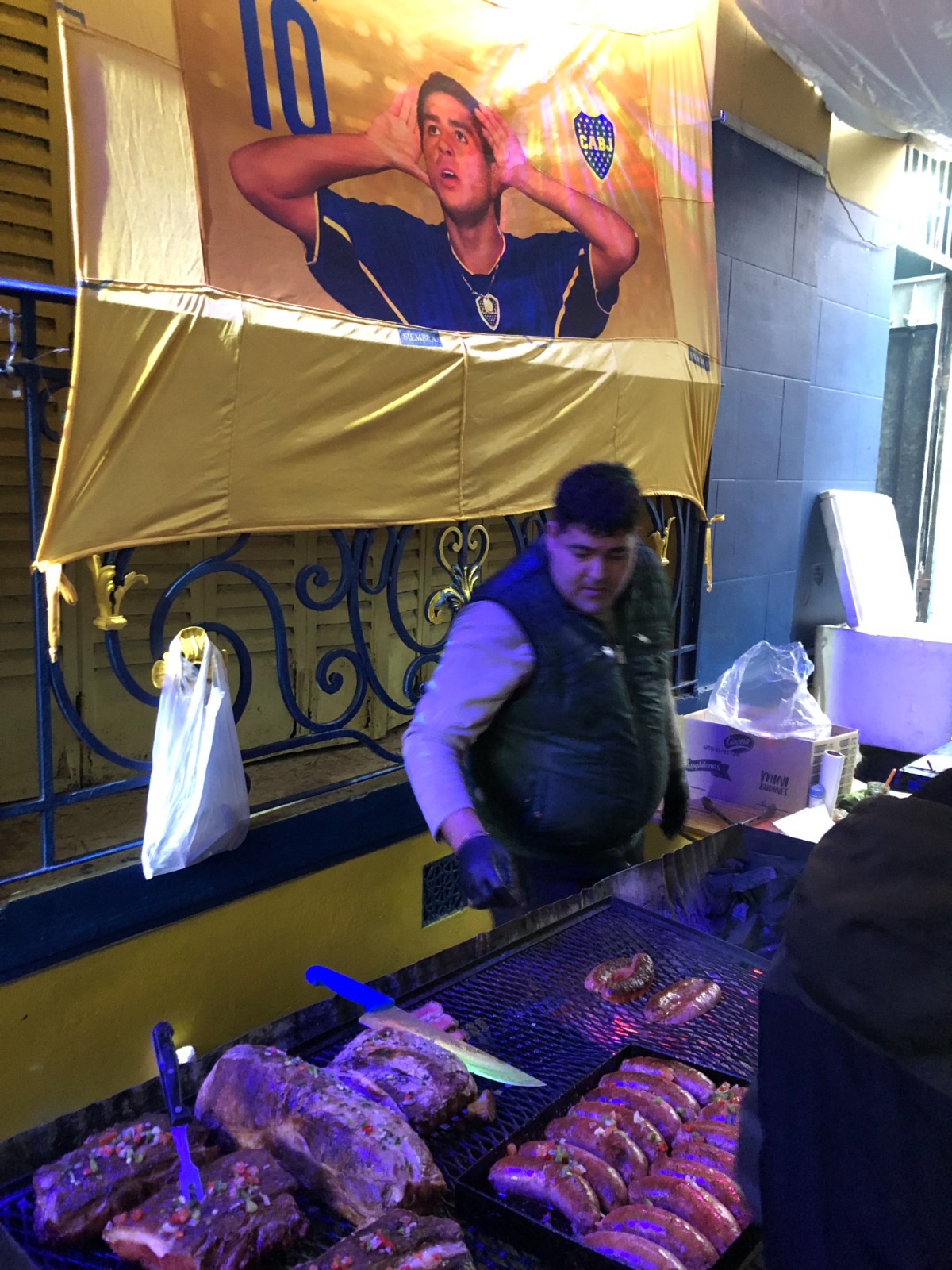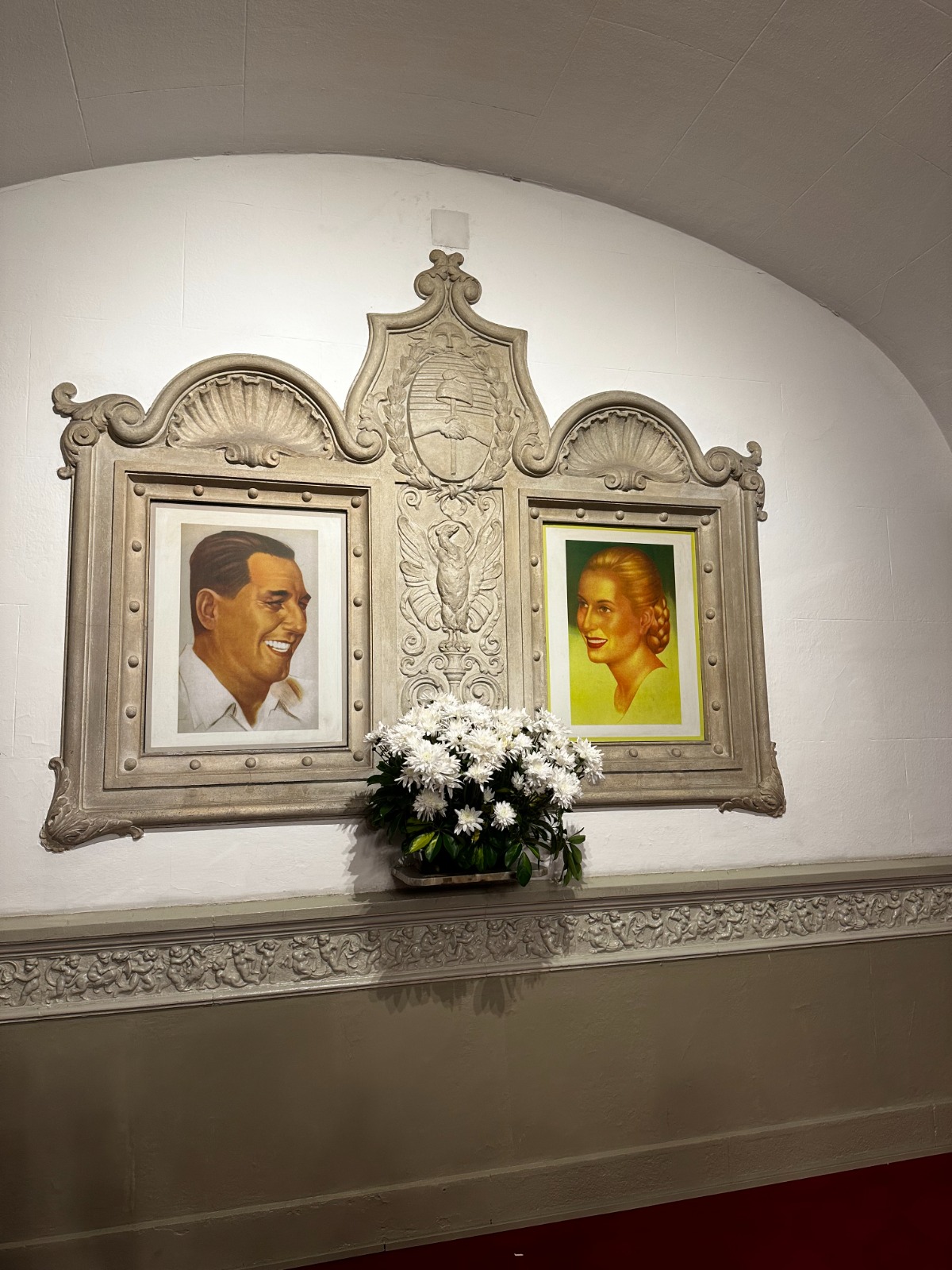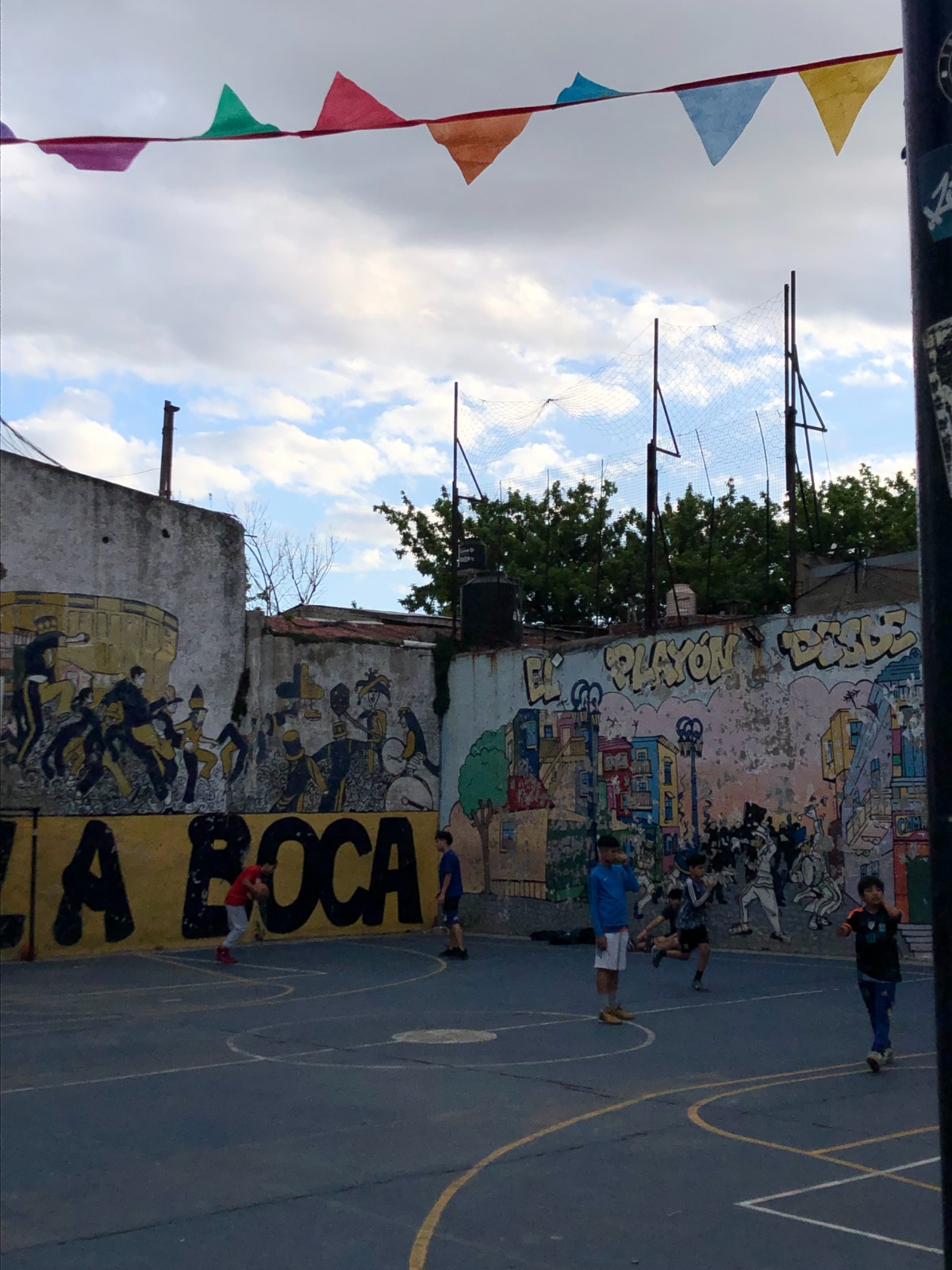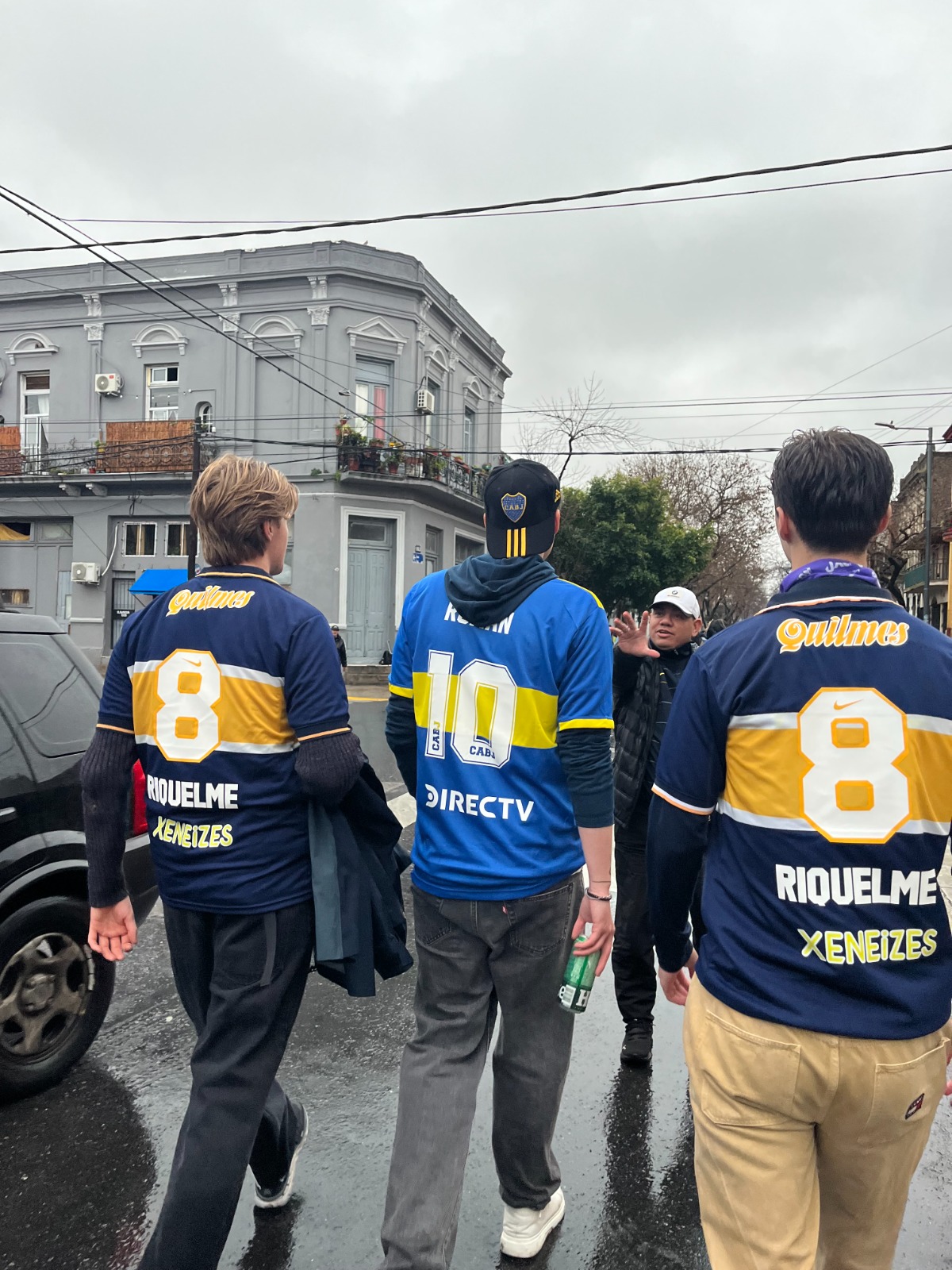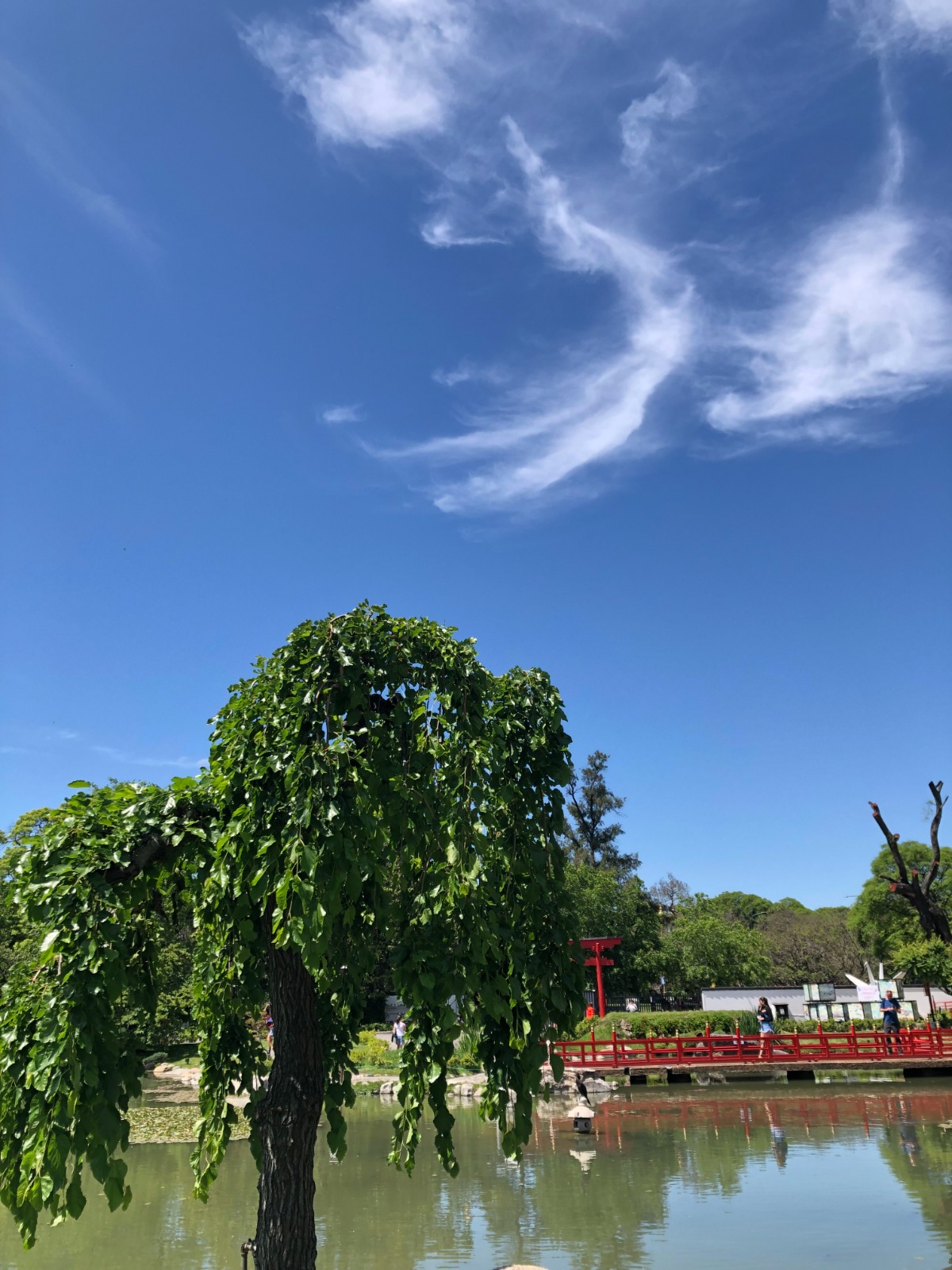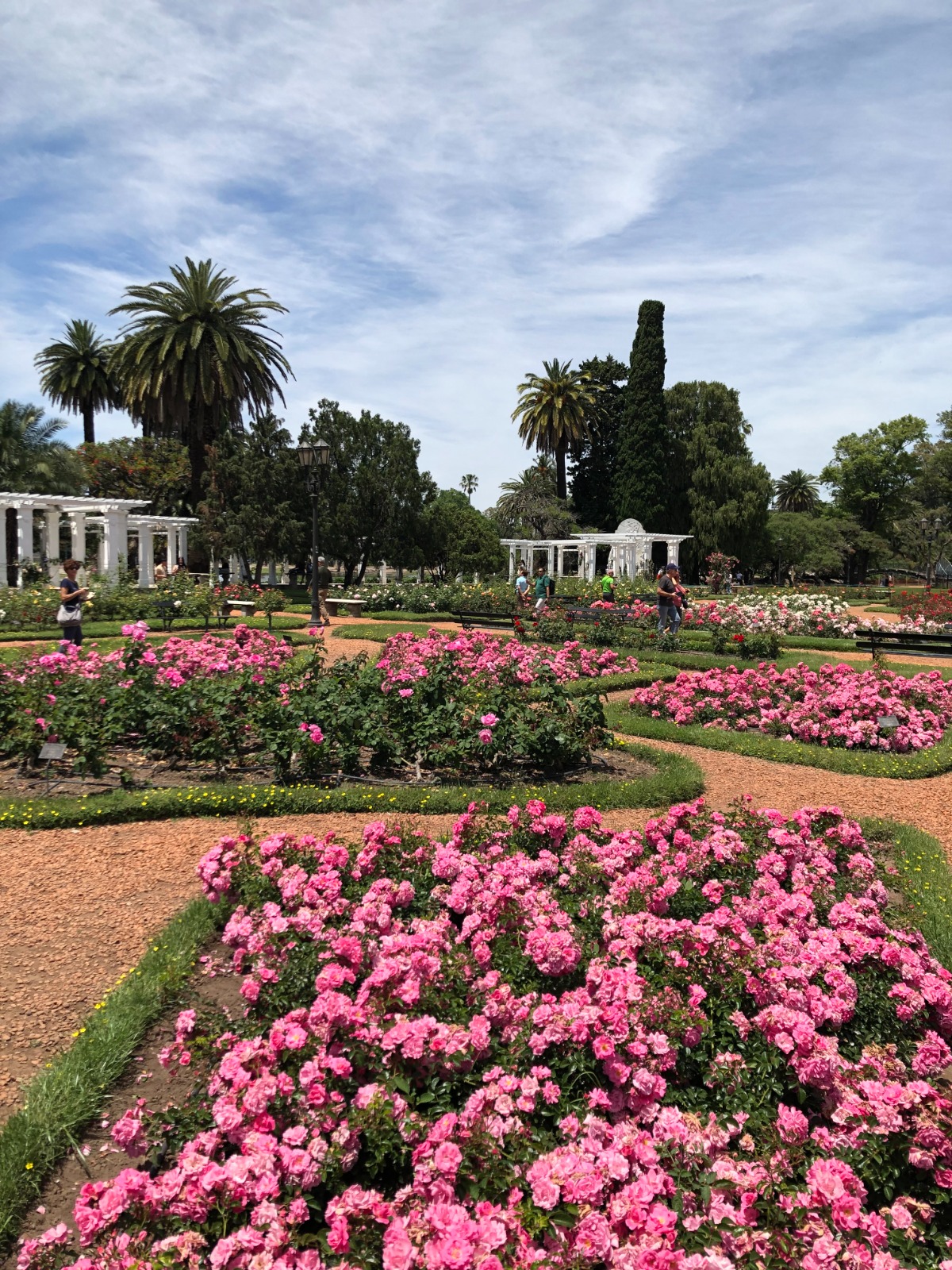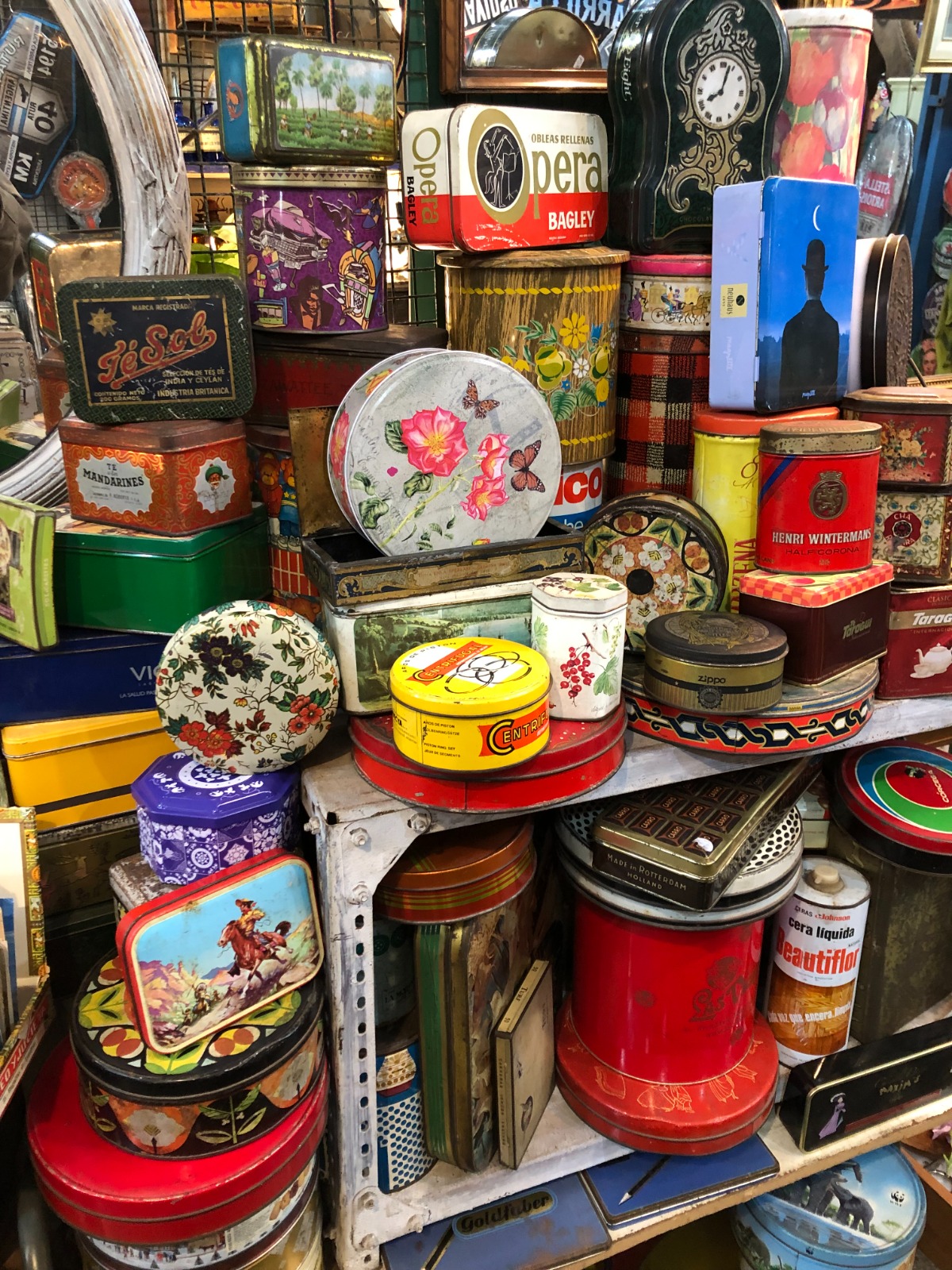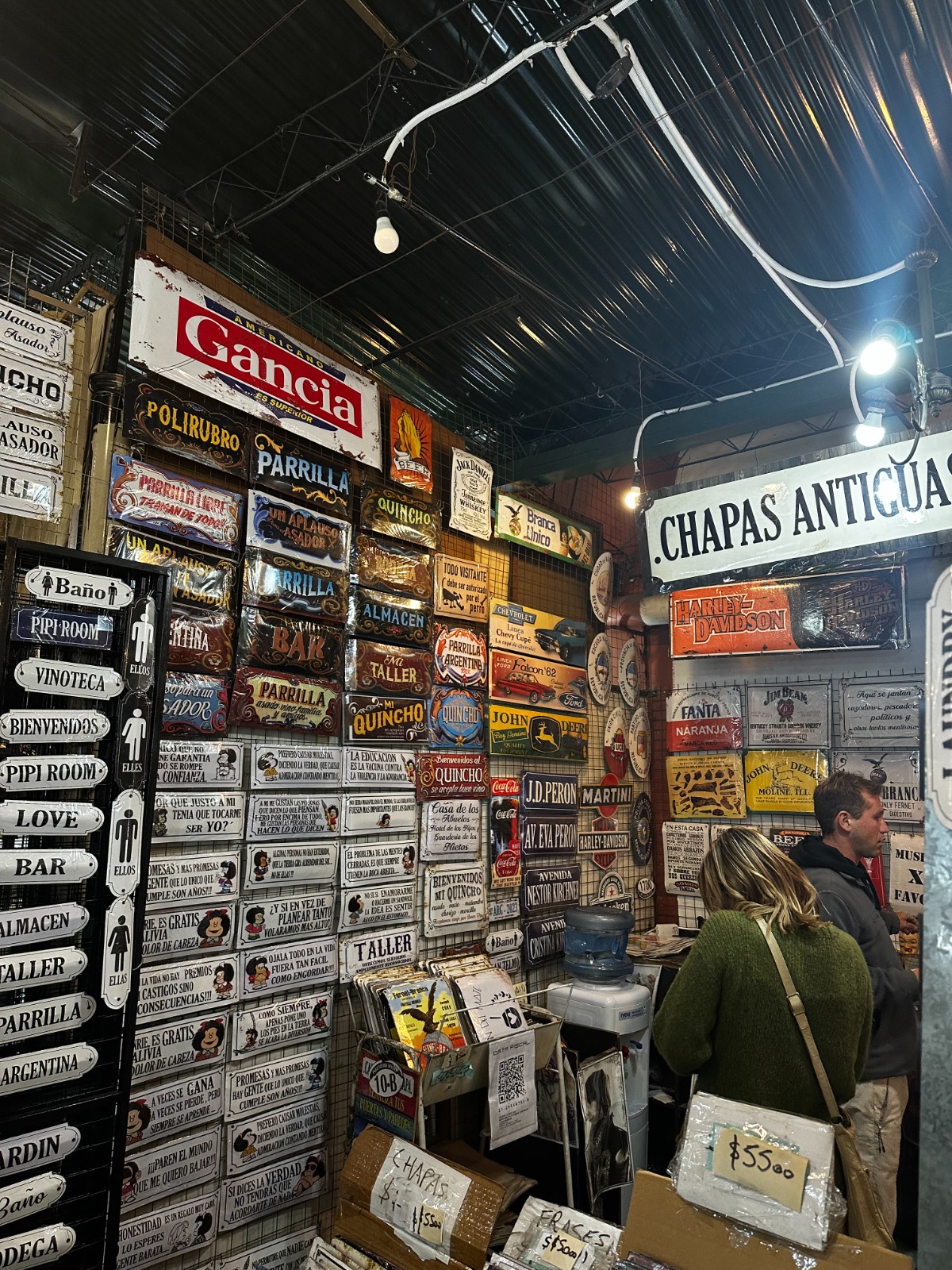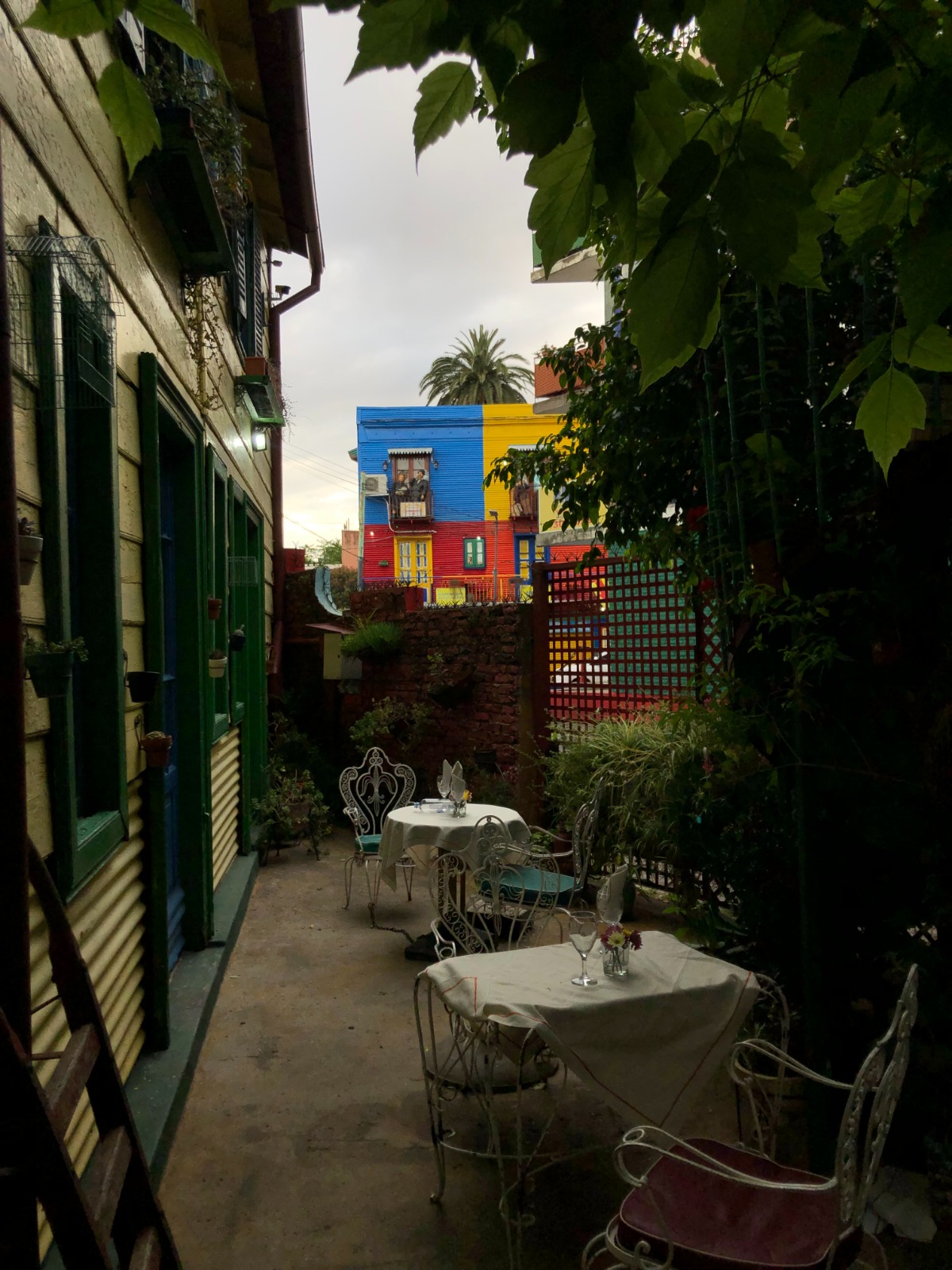
Welcome once again to Buenos Aires, where the heartbeat of the city resonates through its unique barrios, each weaving a distinctive story. From the historic charm of San Telmo to the artistic explosion of La Boca and the trendsetting allure of Palermo, these neighborhoods are more than just geographical divisions; they are living chapters of Buenos Aires’ narrative. Join us as we navigate through the winding streets, uncovering the cultural richness, colors, and stories that define each barrio, and collectively paint the vibrant mosaic that is Buenos Aires.
Our Buenos Aires adventure takes an exhilarating turn as we step into the kaleidoscopic world of La Boca, a neighborhood that pulsates with artistic expression and cultural dynamism. Renowned for its iconic Caminito street, La Boca is a captivating blend of history, creativity, and the unmistakable spirit of tango.
Caminito: A Street Alive with Colors and Tango Rhythms Caminito, translated as “little walkway,” is more than just a street; it’s a living canvas that bursts into a riot of colors. As we stroll along this cobblestone masterpiece, the vibrantly painted houses, adorned with street art and murals, transport us into a realm where every corner tells a story. Local artists display their works on the sidewalks, creating an open-air art gallery that adds a unique charm to the neighborhood.
But La Boca isn’t just about visual spectacle; it resonates with the soul-stirring melodies of tango. Street performers and tango dancers bring the narrow alleys to life, inviting passersby to join in the rhythmic celebration. The intoxicating music and passionate dance offer a glimpse into the cultural heartbeat of Buenos Aires, making La Boca an essential stop for anyone seeking an authentic Argentine experience.
La Boca is also the neighborhood which houses the Buenos Aires football club Boca Juniors where Maradona once played. Be sure to get tickets to a match and go see them at the Bombonera stadium.
Although La Boca and Caminito are absolutely beautiful and for sure worth a visit or more, it’s become quite the touristy place and I’d not really recommend shopping nor eating there.
Most of the cafes and tourist shops are double the price of what you’ll find elsewhere and the quality is not the best.
Quick tip – if you’re looking for touristy things like football jerseys and other things you’ll find it all in Calle Florida, just a few minutes from the hostel.
Another barrio in Buenos Aires is Palermo, and it’s the biggest one. It’s so big that it’s divided into many different smaller barrios. One of Palermo’s defining features is its expansive green spaces, providing a welcome respite from the urban bustle. The Bosques de Palermo, or Palermo Woods, invites us to unwind amid lush landscapes, serene lakes, and winding pathways. Locals and visitors alike converge here for leisurely strolls, picnics, and even paddle boating, creating a harmonious blend of nature and city life.
For art enthusiasts, the Buenos Aires Botanical Garden and the Evita Museum offer cultural respites within the neighborhood. The juxtaposition of contemporary art against the botanical backdrop adds an extra layer of allure to Palermo’s artistic tapestry.
Palermo is also known to be the most trendy area in the city where there are plenty of cool bars, nightclubs, restaurants and vintage second hand clothing shops.
Depending on where you’re going Palermo is around 25 minutes away from the hostel with public transport, so it may seem like work to get there, but it’s absolutely worth it to visit many times.
I wish I’d done it more.
In the heart of Buenos Aires, where time seems to stand still amidst cobblestone streets and colonial facades, San Telmo emerges as a living testament to the city’s rich history. This barrio, with its antique markets, bohemian atmosphere, and preserved architectural wonders, invites us to step back in time and savor the nostalgic beauty of Buenos Aires.
San Telmo is synonymous with its renowned Sunday Feria, an antique market that transforms the neighborhood into a bustling open-air treasure trove. The market is every Sunday, but be sure to go more than once as the vendors change every week!
As we meander through Plaza Dorrego and its surroundings, we find ourselves surrounded by vendors offering a kaleidoscope of artifacts, from vintage trinkets and old books to quirky memorabilia. The air is filled with the melodies of street musicians, adding a symphonic touch to the lively atmosphere. In San Telmo there’s also an inside market just by the Sunday market that is open every day of the week which serves lovely food and sells plenty of antique stuff.
The historic charm of San Telmo extends beyond the feria to its narrow streets, lined with colonial-style houses and charming cafes. Each step feels like a journey into the past, where the architecture and ambiance evoke a sense of nostalgia for Buenos Aires’ early days.
Personally, San Telmo is my favorite part of Buenos Aires, and it’s where I stayed with my mum when she was visiting.
The medieval-like mix of bustling restaurants and bars, but less traffic than other places around town is absolutely perfect.
When I go back to Buenos Aires I’ll for sure stay in San Telmo.
– Hans
